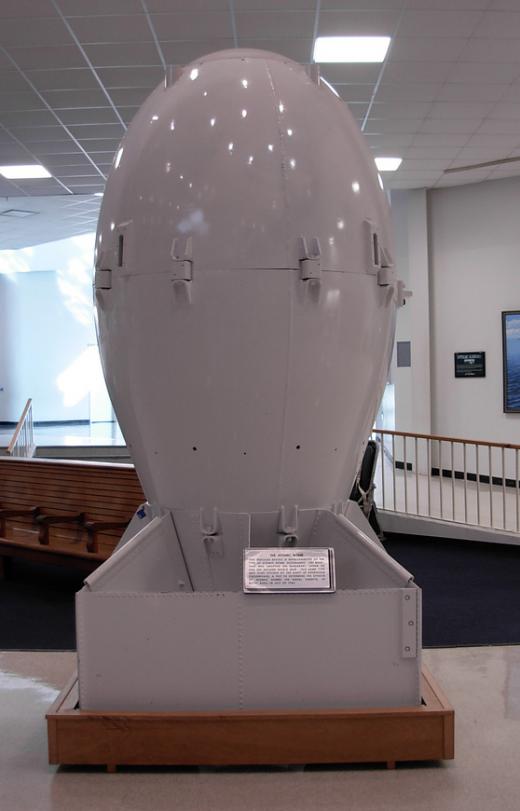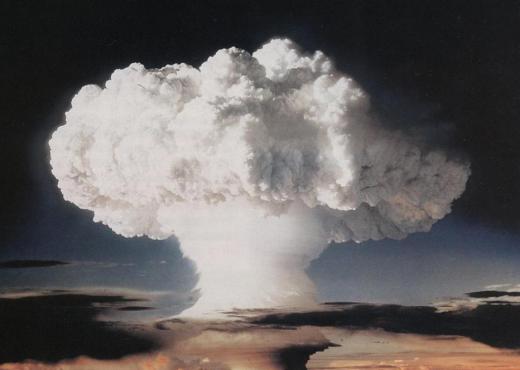What are the Generations of Nuclear Weapons?
 Michael Anissimov
Michael Anissimov
Though there are no official definitions of different generations of nuclear weapons, historians and arms control analysts often recognize four general categories, each of which represents a substantial technological advance over the last. Nations developing nuclear weapons tend to develop each stage in turn and rarely skip stages, except occasionally the first. These stages are 1) gun-type fission bombs, 2) implosion-type fission bombs, 3) fusion bombs, and 4) MIRV (multiple independently targetable reentry vehicle) delivered nuclear weapons. Note how there is no unified organizing principle for this scheme; the distinction between the first and second is based on detonation method, the second and third by the type of bomb, and the third and fourth by the delivery system used.
First-generation nuclear weapons were initially developed in the United States in 1939-1945 under the auspices of the top secret Manhattan Project. The gun-type construction of the bomb means its operating principle is one chunk of enriched uranium launched at another like a cannon. When the two units of uranium combine, they reach critical mass and initiate a nuclear chain reaction. The result is a nuclear explosion, like those that killed 140,000 people during the atomic bombing of Hiroshima during World War II.

Implosion-type nuclear weapons improve on the efficiency of gun-type weapons by surrounding the uranium with a sphere of explosive lenses, designed to direct their energy inward and compact the uranium. The result is that more of the uranium is consumed in the chain reaction instead of getting blown apart without fissioning, resulting in a higher yield. Implosion-type nuclear weapons were developed by the United States just a little bit after the first gun-type nuclear weapons. The nuclear bomb that was dropped on Nagasaki just three days after the bombing of Hiroshima was based on the implosion-type design, which allowed it to be more compact and lighter.

Despite incremental improvements on fission weapons, such as utilizing a small fusion reaction to boost yield, the next large step upwards in destruction for nuclear weapons is achieved by the fusion bomb, or hydrogen bomb. Instead of fissioning (breaking apart) uranium or plutonium nuclei, the fusion bomb fuses together light elements (hydrogen) and releases the excess energy in the explosion. This is the same process that powers the Sun. Most modern nuclear weapons are of the fusion type, as the yields achieved are much higher than the best fission weapons.
After numerous fusion bombs were built, there remained no more steps that could be taken to increase the yield of these weapons, so the focus shifted to developing delivery methods that a potential enemy would be unable to counter. This led to the development of MIRV delivery, whereby a nuclear-tipped ballistic missile is launched out of the atmosphere, whereupon it releases 6-8 independently targetable reentry vehicles to rain down on adjacent targets. As these nuclear-tipped reentry vehicles are traveling at extreme speeds, about Mach 23, blocking or diverting them is essentially impossible with current technologies.
AS FEATURED ON:
AS FEATURED ON:












Discuss this Article
Post your comments